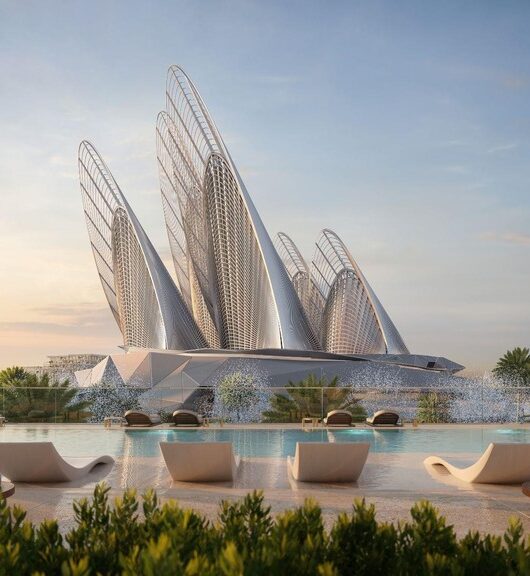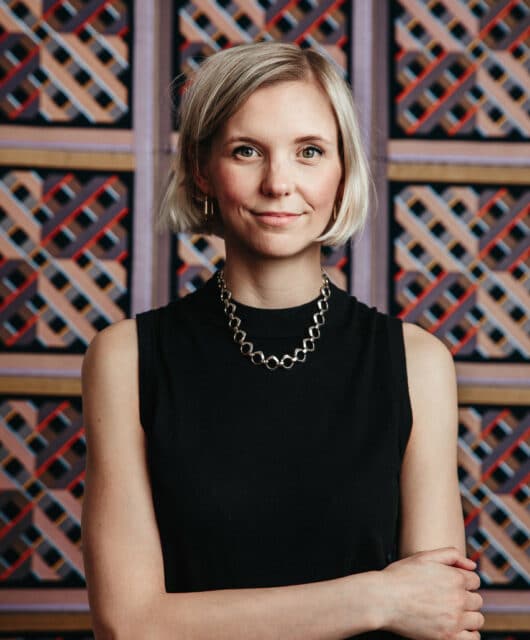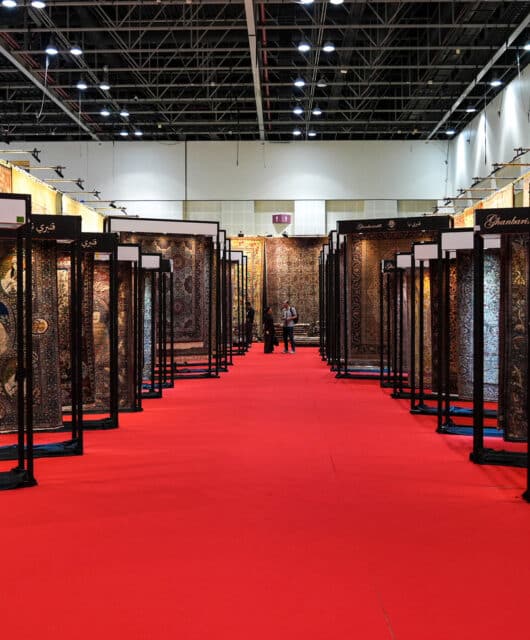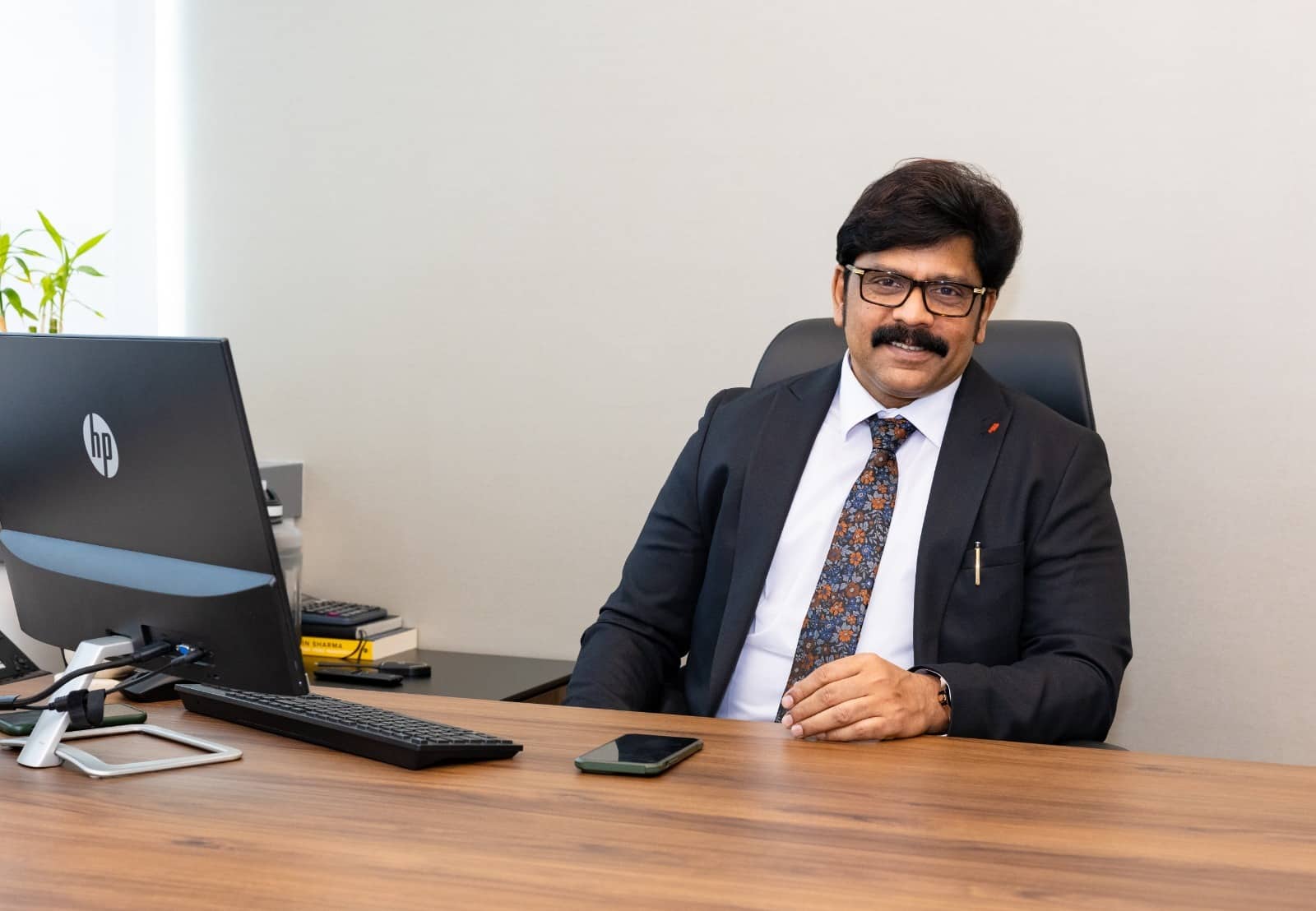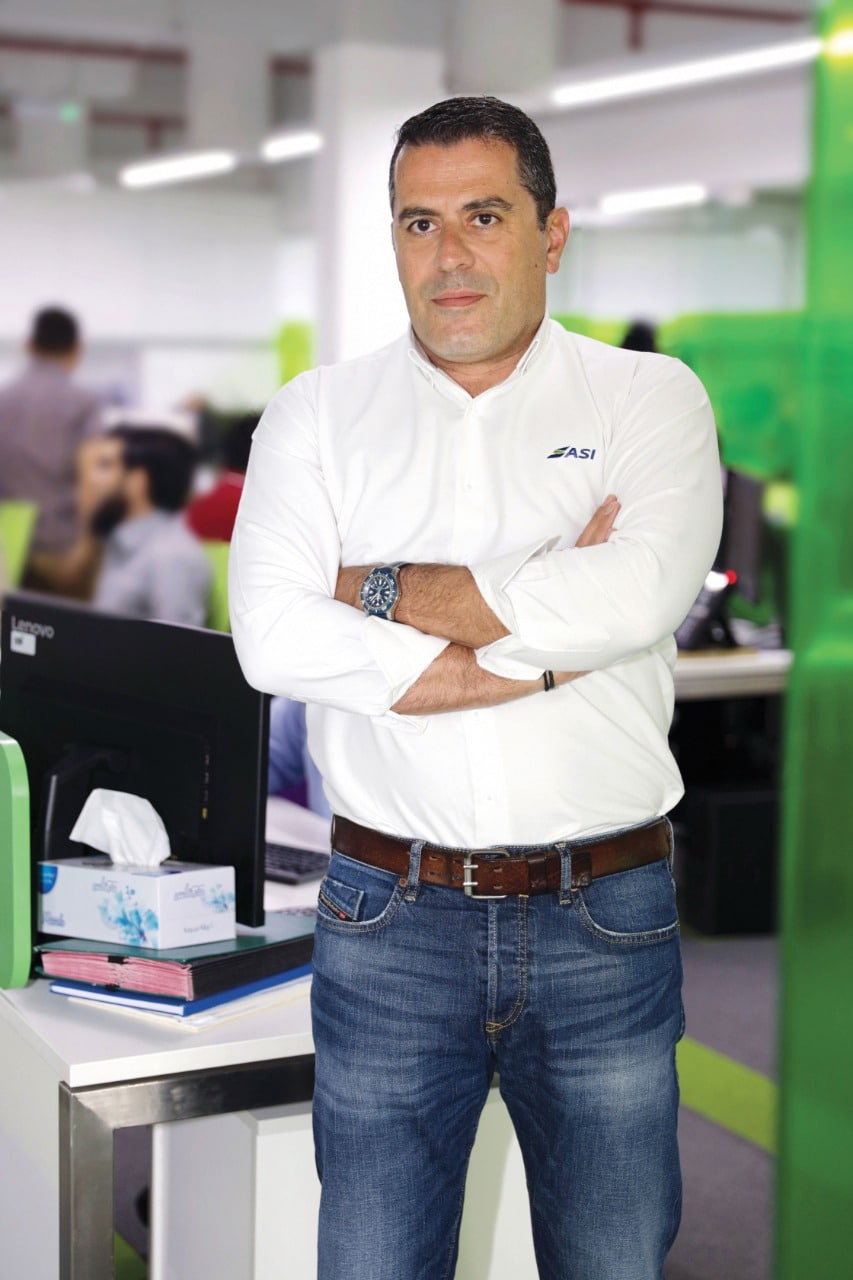 Dimitri Papakonstantinou, managing director of Al Shafar Interiors (ASI), discusses working on Expo 2020 projects and how the company can benefit in the future from this mega event.
Dimitri Papakonstantinou, managing director of Al Shafar Interiors (ASI), discusses working on Expo 2020 projects and how the company can benefit in the future from this mega event.
By Roma Arora
What reforms have you implemented at ASI, and how has this benefited the organisation?
We set up a Project Management Office (PMO) a few months ago to strengthen our project reporting and controls, as well as our control of project delivery reports, so that we could be more agile in our decision-making. This is still workin- progress, but I’m expecting to give live information and data on both our site operations and our joinery facility in the coming months.
How challenging was it to work on the projects for Expo 2020, especially during COVID-19?
Expo 2020 was a once-in-a-lifetime opportunity. As expected, the last months leading up to the inauguration were extremely difficult, but the excitement of the build-up to the 1st October opening day could be felt every day. COVID-19 introduced new obstacles that no one had ever faced before, both on Expo and non-Expo projects. Although the impact was likely felt more in 2020, the frequent disruption had a long-term influence on the initiatives. It necessitated frequent communication with all stakeholders in order to keep them up to date on the situation. I believe we are fortunate that Expo and the UAE as a whole handled the pandemic in such a way that business and daily life could go on as usual.
What was your approach for various Expo 2020 projects? How did you ensure that there was a sense of uniqueness while maintaining the greatest level of quality?
Each project was distinct in that it reflected a country, its culture, innovations, food, and other aspects. We were involved in the design and construction of some of the pavilions we built from the beginning. This necessitated an awareness of the most significant feature that the specific participant wished to emphasise in order to provide advice on how to effectively spend their budget.
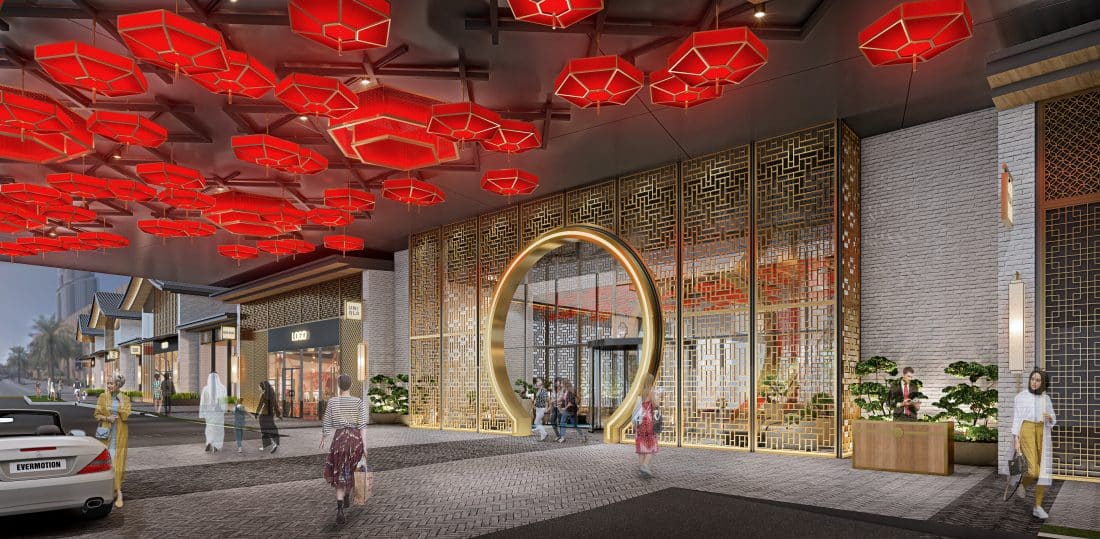
How can these exceptional Expo 2020 projects benefit ASI in the industry?
We created an exhibition department that was in charge of the creative development of the project’s content and exhibition. This provided knowledge to our team that we did not previously have, as well as a new skill set that can be employed in future museum and exhibition projects.
What kind of projects do you want to do now?
It’s back to business as usual at the moment where most of our involvement is again in hospitality projects. We’re currently carrying out works on several hotels, entertainment, and retail. What are the challenges in the market at present? Although there are some positive signs in the market over the past few months, competition is still very tight. At the same time, rising raw material and shipping costs necessitate price increases, which clients are not always willing to accept.
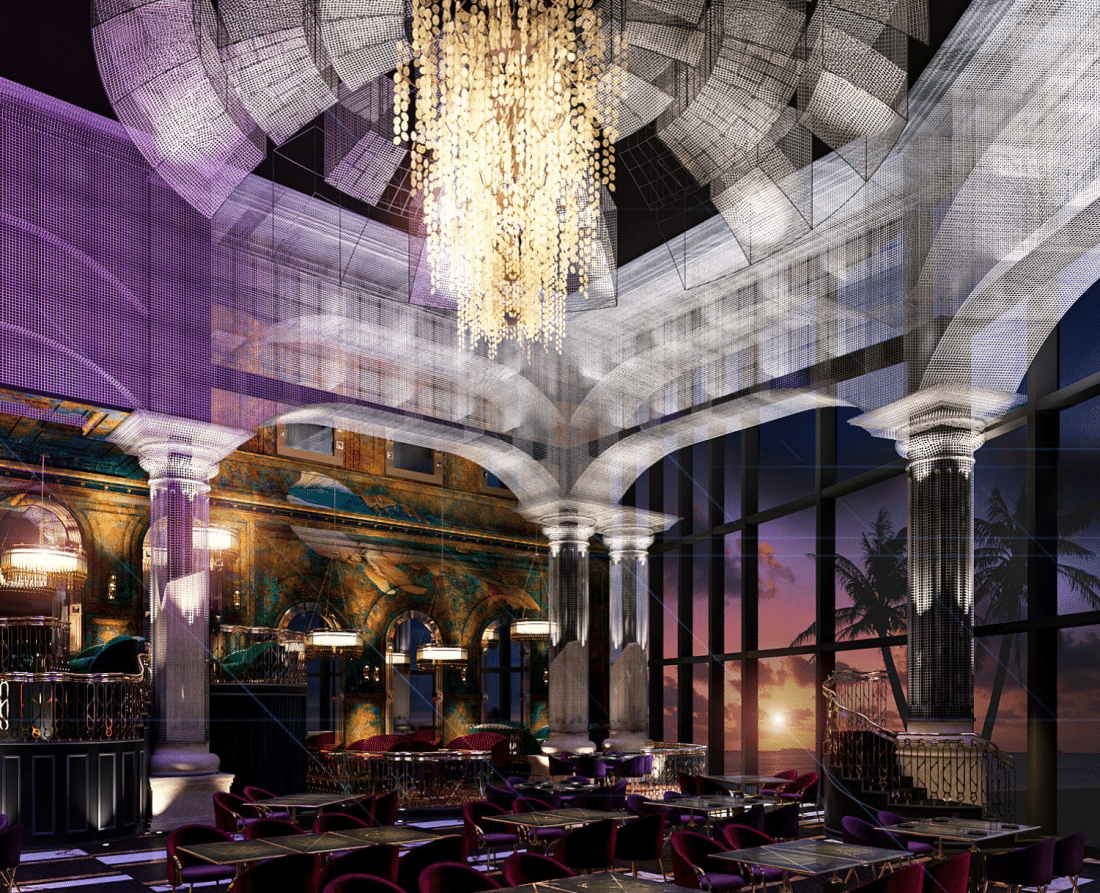
What are the challenges in the market at present?
Although there are some positive signs in the market over the past few months, competition is still very tight. At the same time, rising raw material and shipping costs necessitate price increases, which clients are not always willing to accept.
What is forming as your vision for ASI in the future? What do you want ASI to accomplish in the next few years?
ASI is evolving, and I’d like us to concentrate as much as possible on technological advancements in our sector. Over the next 3-5 years, we want to grow into two new countries.



